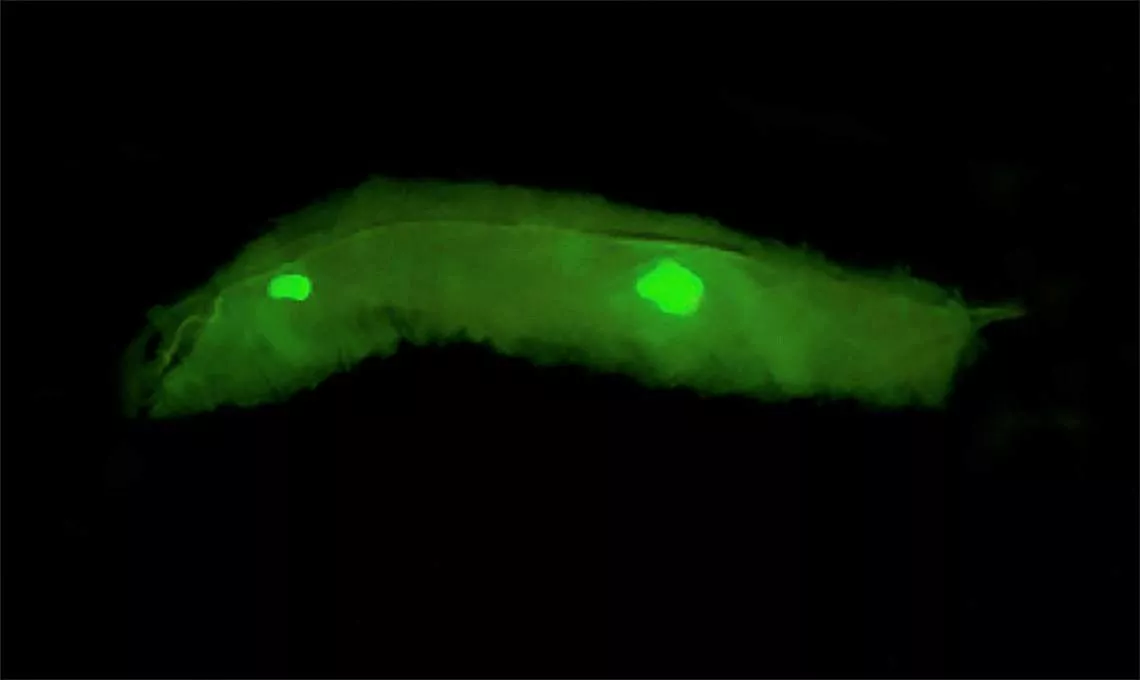A new survey of how different tissues read information from genes has found that the brain and testis seem particularly open to using many different kinds of code to produce specific proteins. In fact, both Drosophila and human testes seem to be rich in these rarely used genetic code fragments of protein products.
According to the researchers, the use of rare code fragments may be another layer of control in the genome, which may be crucial to reproductive and evolutionary innovation.
Ten years after solving that DNA is a double helix structure composed of bases a, C, t and G, Francis Crick continued to crack the intermediate step of transforming three letters into "codons", that is, the formula of single amino acids. Amino acids are components of proteins.
At that time, it was shocking and still somewhat puzzling that this layer of the life code used 61 different three letter codons to produce only 20 amino acids, which means that many codons are used to describe the same thing.
"We were told in biology class that when you change from one version of codon to another and it doesn't change amino acids, it's called silent mutation," said don fox, associate professor of pharmacology and cancer biology at Duke University School of medicine. "That means it doesn't matter."
"However, when researchers sequenced all these different organisms, they found a hierarchy. Some codons are very frequent and others are very rare," fox said. Moreover, the distribution of this codon can vary from one organization to another.

Fox wants to know whether these rarities play a role in how hepatocytes do things in the liver and how bone cells do things in the bone.
Fox and his team, led by doctoral student Scott Allen, want to use their preferred model, Drosophila melanogaster, the laboratory fruit fly, to amplify these rare codons. More and more work shows that different organizations have different "codon bias" - that is, the frequency of synonymous codons in different organizations is different. Fox pointed out that rare codons are known to slow down or even stop protein production, "genes with a large number of these rare codons will produce much less protein".
Fox worked with Christopher counter, a colleague of George Bart Geller distinguished professor of pharmacology at Duke University, to understand a gene called KRAS. It is known that this gene plays a particularly bad role in pancreatic cancer. It has a large number of rare codons. They want to know why a cancer mutation slows down protein production, and usually a cancer mutation makes more.
"It turns out that according to KRAS's design, it should be difficult to make anything," fox said.
It is understood that Fox's team has developed a new method to analyze the use of tissue-specific codons to study where and how rare codons are used in fruit flies. They conducted a series of experiments to change which codons are included in the KRAS gene. In addition, they found that rare codons have a great impact on how KRAS controls signal transmission between cells.
"I realized from this cancer collaboration that we could take a similar approach and apply it to my main research question, that is, how organizations know what they are," fox said.
In further experiments, fox found that fly testes -- and human testes -- were more tolerant to high codon diversity, but not fly ovaries. Fly brains are also more tolerant of diverse codons.
Rpl10aa, a special gene with a large number of rare codons, is relatively new in evolution, which helps to build ribosomes, protein assembly machines in cells. Fox said that the rare codon of the gene seems to limit its activity to more tolerant testes, which may be related to fertility.
Fox pointed out: "The testis seems to allow the expression of almost any gene, which may make it a hotbed of new genes, if you like. The testis seems to be the first place where young genes will be expressed. Therefore, we think it is a more tolerant organization, which gives a foothold to new genes. What we think we see is that rare codons are a way to limit the activity of this evolving young gene in the testis. This will Make rare codons another layer of control and fine-tuning in genes. "